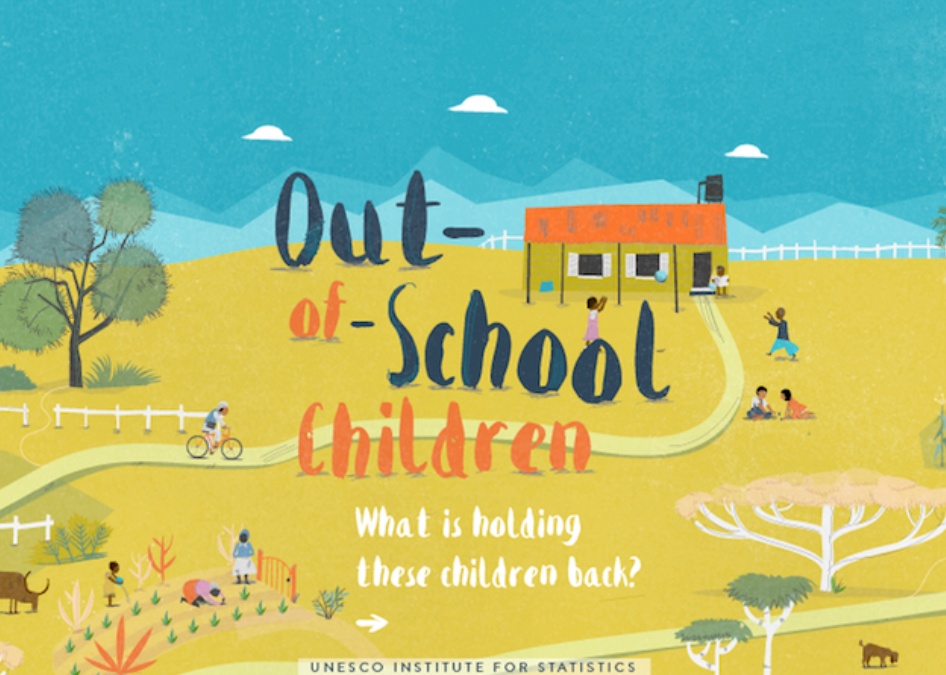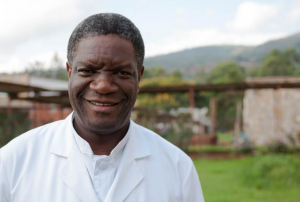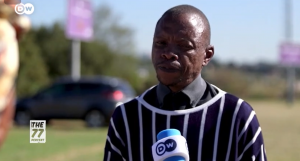
Future4Kids: Restoring A lost Childhood
Team: Ibrahim Al Jaifi, Zahraa Jassar, Rami Haidar, Ali Hachem, Rim Zeaiter, Fatima Ayoub
“ We don’t go to school; we work in the daytime to support our families and spend the rest of our day playing in the streets.”
Said Omar and Yazan, two inspiring kids in Burj Al Barajneh, a refugee camp in the suburbs of Beirut. Under 10 years old, both already carrying the responsibility of working to provide for their families instead of being enrolled in education.
According to ILO, it is estimated that 160 million children are involved in child labor, 79 million of which are in Hazardous Work that is likely to harm children’s health, safety or morals. All these children, including young Omar and Yazan, are at an age when they are supposed to be provided for, educated and protected. Having to spend most of their time working in jobs that are unsafe and exhausting, their chances of leading healthy and thriving lives diminish with each dollar they earn.
Child Labor in Lebanon
The emergence of the Lebanese economic crisis in 2019 brought with it an increase in percentage of families with children engaged in child labor from 29% to 38% between 2019 and 2021 according to IRC.
GDP, as an indicator of the economic performance of a country, noticed a 65% decrease from $52B to $18B during the period of 2019 to 2021. With this drastic drop in GDP, the unemployment rate rose from 11% to 15% while the CPI more than doubled, leaving thousands of families under the poverty line with no sources of income.
With these dramatic and sudden changes in the economic situation, 3 out of 5 children in Lebanon dropped-out of school and most of the rest switched to public education. Education has become less of a priority for both the government and families.
From a social perspective, 44% of parents who have taken part in a study by the World Vision Organization believed that involving their children in paid labor enhances their life skills and assures a source of income for their households. Meanwhile, the responsible government agencies have no clear and applicable laws in place to prohibit children’s exploitation or ensure they are enrolled in education.
Implications:
Child labor has destructive impacts on the health of the child, exposing millions of children to physical, mental and emotional abuse. As a result, their mental and intellectual development face significant disruptions. Considering the increasing crime rates in the country and the exposure of children to illegal work activities, the forecasted 30% increase in crime rate in 2025 would involve criminal acts by juveniles.
Proposed Solution
Mr. Aws Al Kadasi, senior research analyst at Merci Corps, commented on the topic during an interview for this project:
“According to the UNICEF, one in 5 children in the least developed countries are engaged in child labor. A problem that was aggravated by COVID-19 and global economic decline that it takes a walk in Beirut to believe these numbers. Children require different systems of protection that starts with parents and extends to every office, business, institution, organization and agency, local and international, governmental or otherwise. Everyone, who is not a child, is responsible”
Both 8 and 16 Sustainable Development Goals highlights the need for international efforts to tackle the issue of child labor:
Target 8.7: Take immediate and effective measures to eradicate forced labor, end modern slavery and human trafficking and secure the prohibition and elimination of the worst forms of child labor, including recruitment and use of child soldiers, and by 2025 end child labor in all its forms.
Target 16.2: End abuse, exploitation, trafficking and all forms of violence against and torture of children.
Inspired by these goals as well as social responsibility towards the community, our project team designed an initiative to capitalize on the work of international aid organizations and local organizations and projects working to fight child labor and illiteracy.
Future4Kids (F4K) initiative aims to establish a cooperative relationship between NGOs that provides cash assistance to families and campaigns against child labor. F4K initiative will work on partnering with cash aid organizations and NGOs working in child education. Receiving cash assistance would be conditionally linked to the enrollment of beneficiaries’ children in education with families being required to show evidence of child enrollment in education periodically.
The initiative platform will allow these two parties to join efforts to encourage families to enroll their children in education. F4K platform will also allow for receiving public donations for child education campaigns carried out by our partners.


